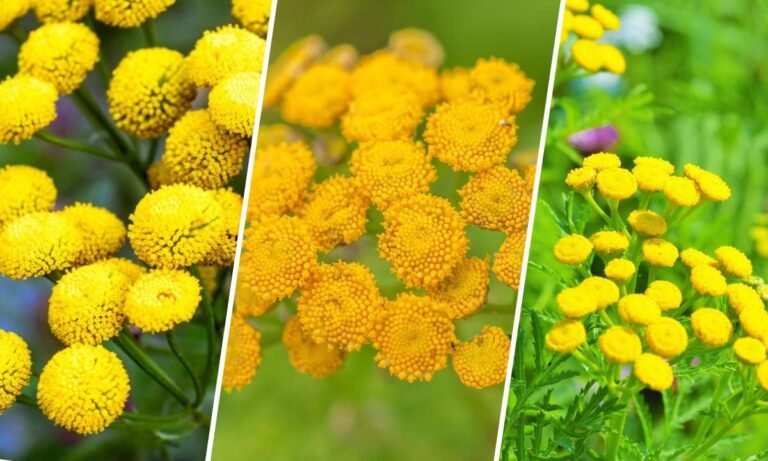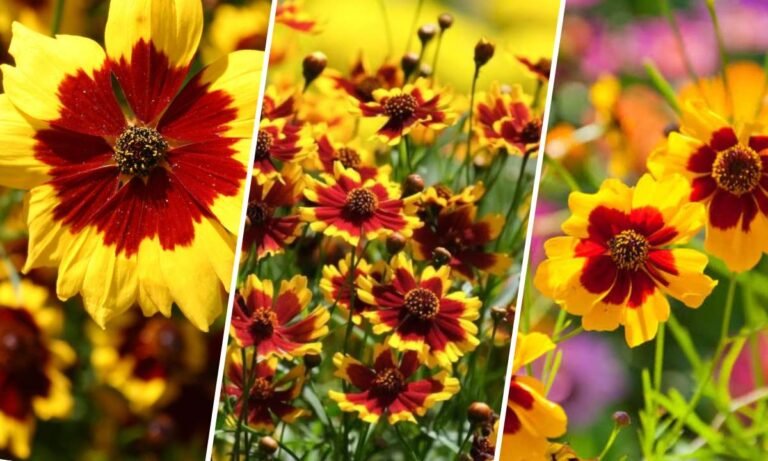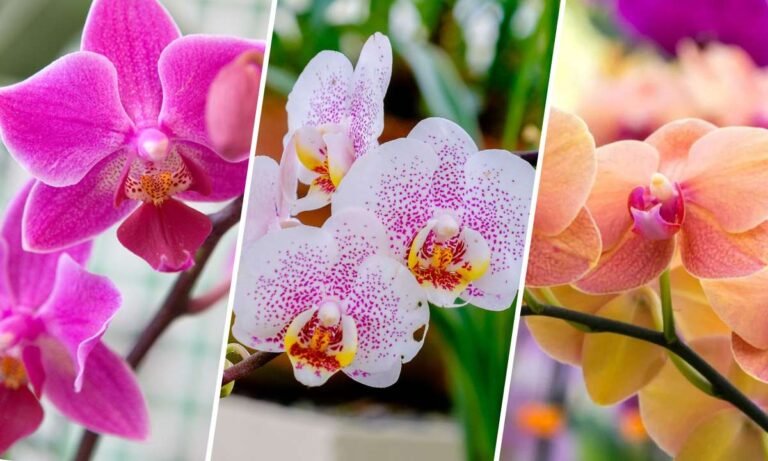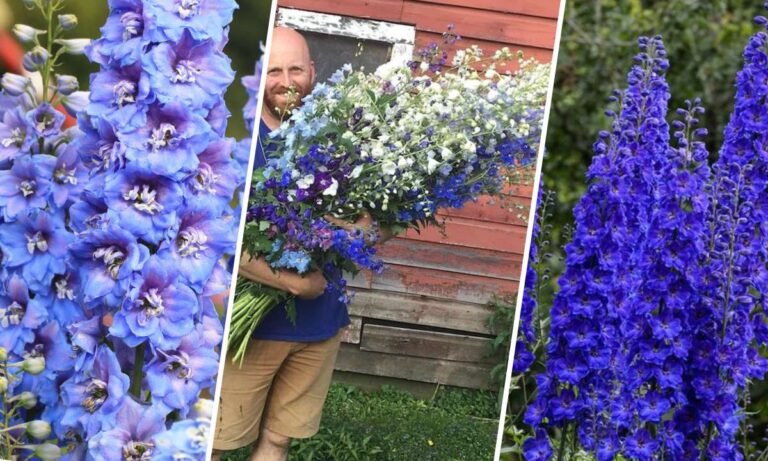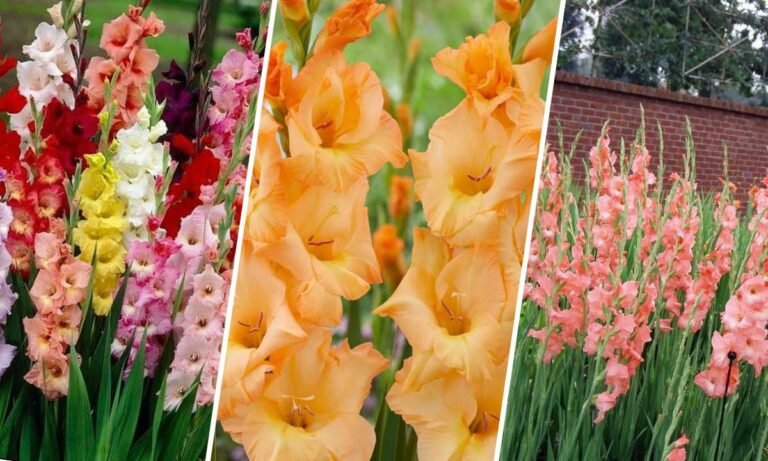The Periwinkle Flower, known for its soft blue and purple colors, is more than just a pretty plant in the garden. Called Vinca in the scientific world, this flower has a deep history and rich symbolism that stretches across different cultures and times. This article explores the meanings, historical significance, and cultural importance of the periwinkle flower.
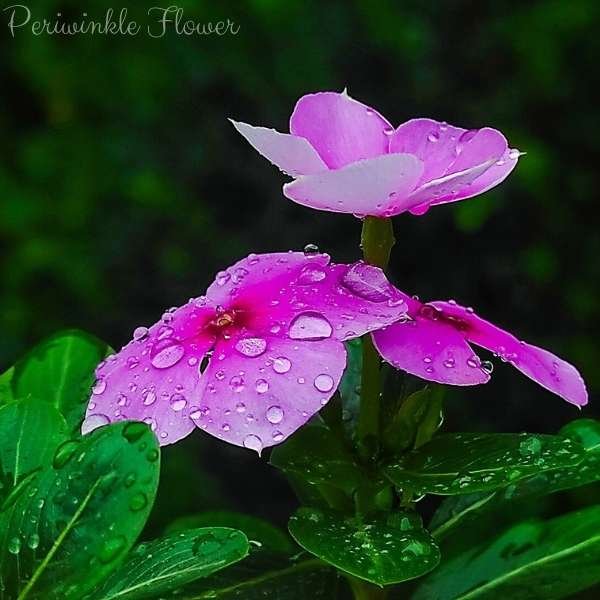
Historical Background of the Periwinkle Flower
The periwinkle flower has a fascinating history. Its name comes from the Latin word “pervinca,” meaning “to entwine,” reflecting the plant’s creeping growth pattern. Historically, the periwinkle was seen as a symbol of purity and innocence. In ancient times, it was often used in religious ceremonies and believed to have protective powers.
Periwinkle in Ancient Traditions
In ancient Greek and Roman cultures, the periwinkle flower played a role in rituals and served as a protective charm. The Greeks thought the flower could ward off evil spirits and used it in wreaths and garlands. Similarly, in Roman culture, the periwinkle was linked to love and used in love potions and spells.
Symbolism of the Periwinkle Flower
The periwinkle flower holds various symbolic meanings, including:
- Everlasting Love and Friendship: The flower’s ability to bloom continuously makes it a symbol of enduring love and loyalty. It’s often included in wedding bouquets to express timeless love and commitment.
- Spirituality and Remembrance: In Christian symbolism, the periwinkle represents the Virgin Mary and is often seen in religious art. Its serene blue color is reminiscent of the sky, enhancing its spiritual significance.
- Protection and Good Fortune: Historically, the periwinkle flower was believed to offer protection and bring good luck. In medieval Europe, it was planted around homes to ward off evil spirits and used in folk remedies for its healing properties.
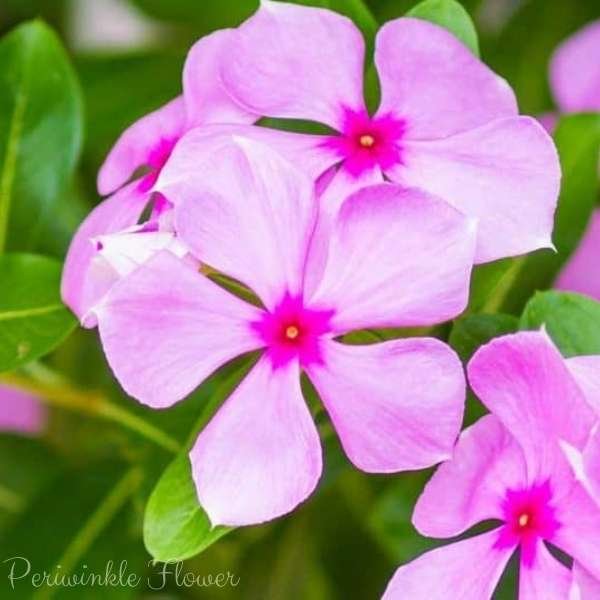
Cultural Significance of the Periwinkle Flower
The periwinkle flower is valued in various cultures around the world, each attributing different meanings and uses to it:
- European Folklore: In European traditions, the periwinkle flower is associated with magic and mysticism. It was believed that carrying a periwinkle flower could bring good luck and protection. The flower was also used in love spells, symbolizing a desire for a faithful relationship.
- Asian Cultural Significance: In Asian cultures, the periwinkle flower is known for its medicinal properties. In traditional Chinese medicine, it’s used to treat ailments like high blood pressure and diabetes. The flower’s link to health extends its symbolic meaning to wellness and longevity.
Modern Interpretations and Uses
Today, the periwinkle flower is popular in gardens and landscaping due to its vibrant colors and hardy nature. It continues to symbolize beauty, resilience, and eternal love, maintaining its historical and cultural significance.
Periwinkle Flower in Literature and Art
The periwinkle flower has inspired poets, writers, and artists throughout history. Its delicate beauty and deep symbolism make it a favorite in various creative expressions:
- Poetry and Literature: The periwinkle flower often symbolizes innocence and purity in literature. Poets have praised its beauty and association with enduring love and friendship, as seen in the works of William Wordsworth.
- Art and Iconography: In visual art, the periwinkle flower appears in many paintings and religious artworks. Its serene blue color symbolizes peace and tranquility, depicted in various contexts from gardens to spiritual scenes.
Growing and Caring for Periwinkle Flowers
If you’re inspired to add periwinkle flowers to your garden, here are some tips:
- Planting Periwinkle: Periwinkle flowers thrive in well-drained soil with partial to full shade. They are low-maintenance and adaptable to different soil types, making them ideal for ground cover. Prepare the soil by loosening it and adding compost for fertility. Plant seeds or seedlings 12-18 inches apart to allow spreading.
- Caring for Periwinkle: Once established, periwinkle flowers need minimal care. Water regularly during dry periods to keep the soil moist but not waterlogged. Use balanced fertilizer in the spring for healthy growth. Prune as needed to maintain shape and prevent overgrowth.
- Common Issues and Solutions: Periwinkle flowers are generally pest and disease resistant but can suffer from root rot if overwatered. Ensure proper drainage and avoid overwatering. Yellowing leaves or stunted growth might indicate a nutrient deficiency, which can be corrected with appropriate fertilization.
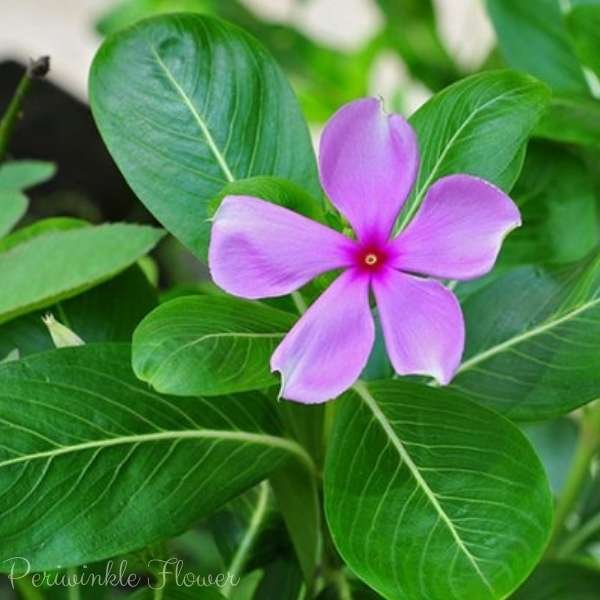
Conclusion
The periwinkle flower is more than just a garden beauty. Its rich history, deep symbolism, and cultural significance make it a flower that resonates with many people. Whether you admire its beauty, appreciate its historical roots, or find meaning in its symbolism, the periwinkle flower is a timeless reminder of love, friendship, and protection.

